A couple years ago, before the pandemic shut down college campuses nationwide, Patrick Bryan, Ph.D., a biology professor at Middlesex Community College, started looking for better ways to engage his students during his online classes.
“Teaching biology is filled with a lot of complex scientific diagrams, and I was constantly writing on a whiteboard with my back to the class. My students couldn’t see me emphasize points, and I could not see their reactions during a live online class,” he explained.
Professor Bryan continued to search for better teaching methods and technology that could improve the learning experience for his students. Eventually, he found something called a lightboard, which is part of a kit developed by a company called Learning Glass.
A low-tech tool that looks high-tech, the lightboard is a very large piece of glass lit from each side. Facing the class, the teacher stands behind the glass in a dark room, usually with a black or dark background. Using a special fluorescent marker, the instructor writes on the glass, and the writing glows from the side lights. The teacher can also speak as if in the classroom.
Meanwhile, a camera is facing the glass and can either livestream and/or record the learning session.
At first, Professor Bryan tried to build this arrangement from scratch in his basement. He said the concept is actually quite simple. He used a large window pane and LED lights in a frame and added separate speaker lighting.
But wouldn’t that mean the writing on the glass is backward to the viewers? Technically, yes.
When Professor Bryan recorded his lessons a few years ago, he used his smartphone camera to video himself writing on the board and then downloaded the recorded file to his computer. At that time, he taught himself Premiere Pro video editing software to horizontally flip the recorded image so viewers can accurately read the writing on the glass. Today, the flipping process is much easier using the latest iPhone technology.
“While I spent a lot of time rendering and editing the videos, I posted them on YouTube because it’s easier than other places, such as Blackboard, to view the large videos,” explained Professor Bryan. Blackboard is a web-based platform most colleges use for online course management.
Professor Bryan successfully produced several videos for his asynchronous biology classes. He believes his students’ grades have noticeably improved since he started using the lightboard for his lessons.
“Students feel this is a more personal approach and can see the actual problem-solving and sketching that is taking place as it happens,” he said.
According to the Learning Glass company’s website, “a recent poll asked college students which form of instruction they preferred: Powerpoint lecture, document camera, whiteboard or Learning Glass—85% said they preferred the Learning Glass.”
About a year before the pandemic moved classes online, Professor Bryan met with the college’s Instructional Technology Advisory Team to discuss his newly found teaching method. The team included Kimberly Hogan, dean of administration, and Annie Scott, director of information technology.
“Routinely this group would solicit ideas from the faculty and staff for new tech ideas that they wanted to see us bring to campus or present a problem with tech in an area that needs updating,” said Dean Hogan. “We were soliciting more ideas for instructional purposes since we had just finished what would be considered more of a support tech project. Since Patrick had done this in his home to make lectures more interesting and recorded, he put together the proposal.”
The MxCC team secured funding and acquired the Learning Glass lightboard unit through SHI, a company that helps organizations achieve technology goals with integrated solutions. With additional lighting and camera equipment, the whole project cost approximately $6,000, said Hogan.
The college transformed a room in Wheaton Hall on the Middletown campus. The existing office desk furniture was removed, and the walls were painted black. The table for the lightboard needed to be heavy enough to support it without tipping.
Professor Bryan isn’t aware of many other schools that are using the lightboard system. However some that do, also have dedicated staff and a proper studio to produce professional-quality videos.
“Since my videos are available to anyone on YouTube, professors from across the country have contacted me about using them in their classes,” said Professor Bryan.
“This technology caters best for topics with visual imagery. The person creating it is facing in front of the student allowing them to better understand the information,” he added. “The students are thankful to have access to the videos and can rewatch them when they want.”
Aarlan Aceto, O.D., an ophthalmic design and dispensing professor, also implemented the lightboard for his optometry class at Middlesex.
“Teaching online can be somewhat challenging. Development of content for online and hybrid formats is more time consuming than traditional teaching to begin with. It is imperative that the delivery of the course material and content be as engaging as possible,” said Professor Aceto. “Often lecturing at the students from a laptop isn’t always as interesting to them.”
Jack Howell, a liberal arts and sciences major, enrolled in Professor Bryan’s microbiology class in the Spring 2020 semester. He said, “I greatly prefer the lightboard compared to a traditional whiteboard because of the contrast provided by the dark background. I also like that I can see my instructor throughout the lecture. Unlike in-person classes, the board is not obstructed when my professor is writing.”
Kimberly Thomas, Ph.D., a chemistry professor at Middlesex, also discovered the benefits of using the lightboard system, but her method is a bit different.
Professor Thomas has used the special room on campus, but she also has a set-up at home in her garage. She records her lessons in advance using a special robotic platform to pick up her speaking voice. The robot, called a Swivl, can track her movements as she is writing and speaking while standing behind the lightboard.
She also prefers to have an even darker background and lighting on herself so that the students can really focus on her writing.
“Because students respond better to the appealing visuals on the lightboard, maybe they’ll pay attention more,” said Professor Thomas, who uses Blackboard to share her videos with her students, organizing them by each class session.
After Professor Thomas records her videos, she transfers them to an Android tablet that has a lot of storage. Since she prefers a darker background, she experimented with different fluorescent markers to achieve better contrast on the glass.
“The use of the lightboard adds a visually engaging and unique way to impart our material to the students. The different approach and delivery system is one of the many examples of technology that is available at Middlesex Community College—to help in our mission to provide the best curriculum and education to our students,” emphasized Professor Aceto.
After classes went online during the pandemic shutdown, Professor Bryan said more faculty members have expressed interest in using this system for their online classes. And since the technology has also advanced since he started using it, the process is more streamlined.
“Doing things like this can make online life easier for faculty and students,” said Professor Bryan.
Story by Thea Moritz • May 2021



